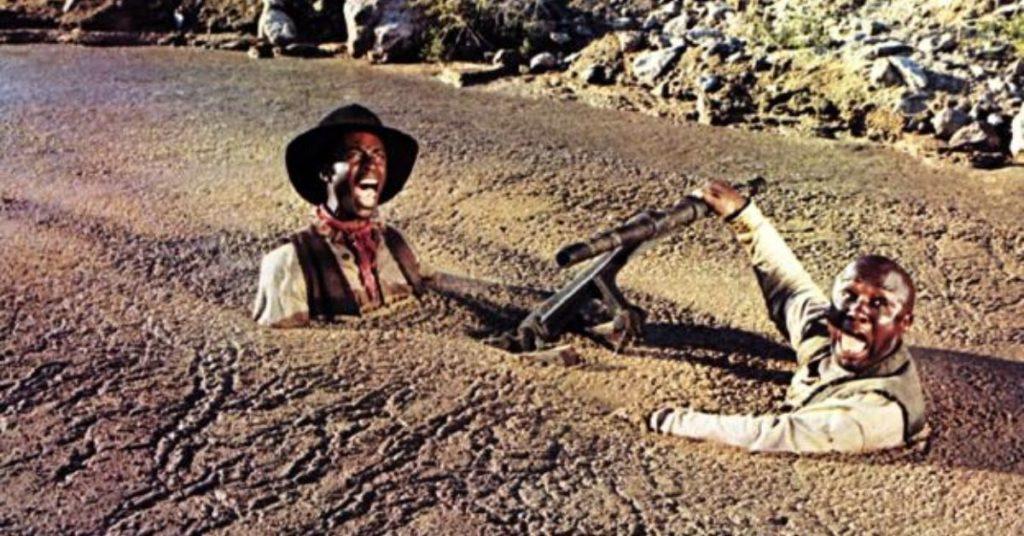FlipFact of the Day: Despite what we see in movies, it’s highly unlikely for you to sink and drown in wet quicksand.
Quicksand (specifically, the wet kind that is typically depicted in movies) is produced when fine sediments such as sand, clay, and silt become waterlogged, usually near natural water sources. The ground on top of the quicksand looks solid, but liquefies when you step on it. Beneath it, the densely packed wet sand can trap your foot, leading to you sinking in it.
However, because humans are less dense than quicksand, you’d only sink to your chest before you start floating. This means that you can’t drown in quicksand unless a high tide sweeps across you while you’re trapped. Fortunately, you can get out of such a predicament by calmly wiggling your body into a horizontal position.
Today’s Science History Milestone: On September 24, 2014, the Mars Orbiter Mission reached Mars orbit, making India the first Asian nation to reach it (and the first country to do so in a single attempt).
Still remember your 5th-grade science classes? Test your knowledge and see if you still remember these facts and fundamental concepts in human anatomy, biology, botany, and other branches of science. Click here to try the “Are You Smarter Than A Pinoy Fifth-Grader” Challenge.
Follow the hashtag #FlipFacts on Facebook and Instagram to get your daily dose of science trivia!
Cover image: Warner Bros.
References
- http://www.bbc.com/future/story/20160323-can-quicksand-really-suck-you-to-your-death
Author: Mikael Angelo Francisco
Bitten by the science writing bug, Mikael has years of writing and editorial experience under his belt. As the editor-in-chief of FlipScience, Mikael has sworn to help make science more fun and interesting for geeky readers and casual audiences alike.







